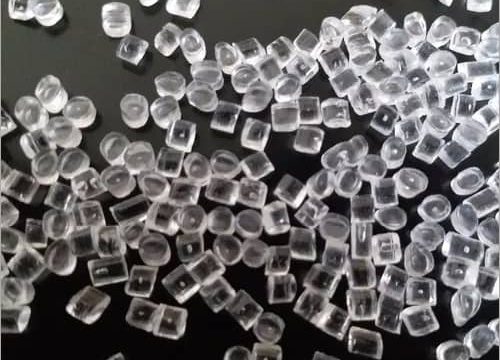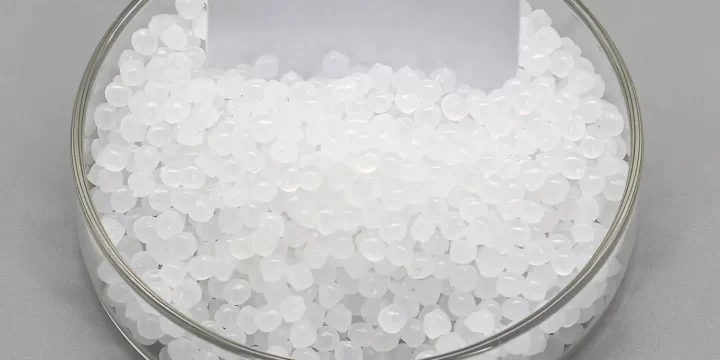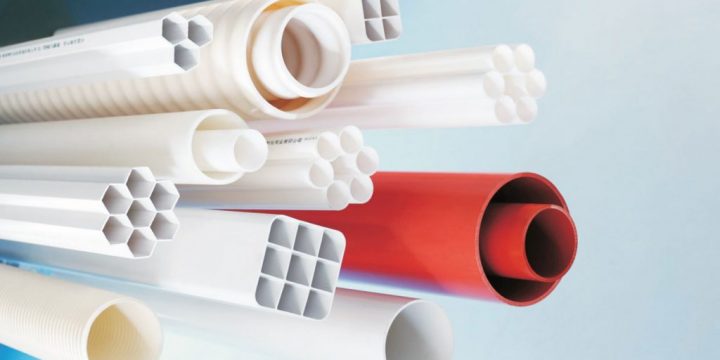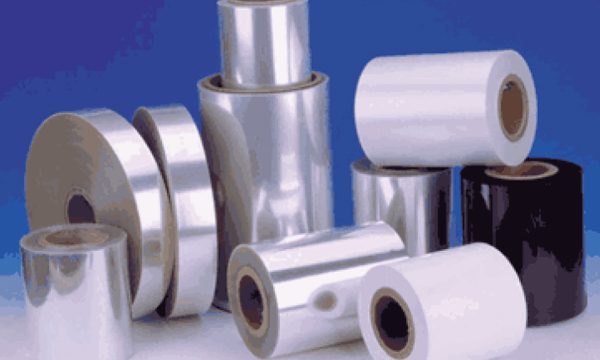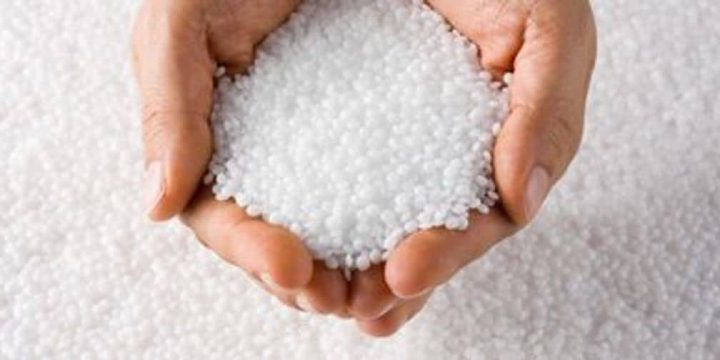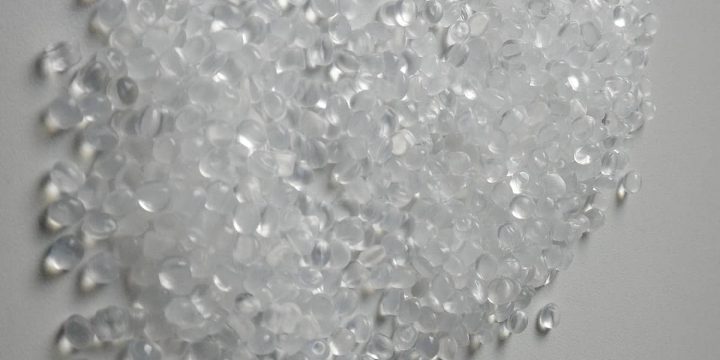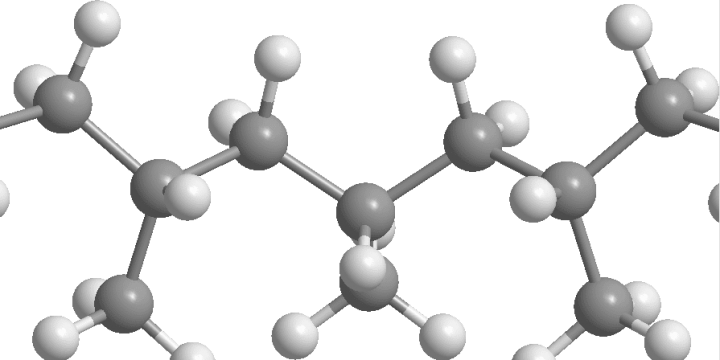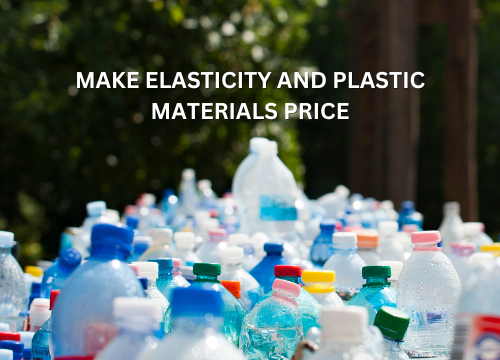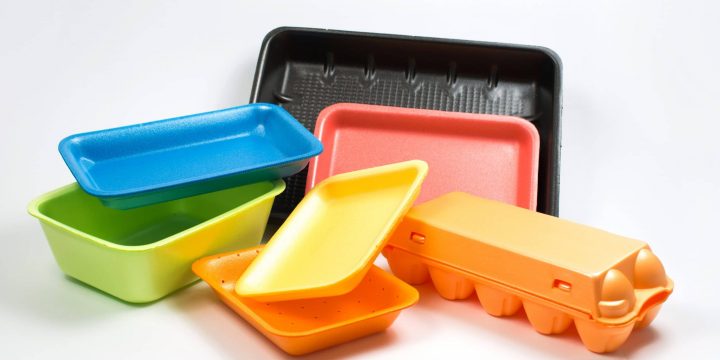
Polystyrene
What is Polystyrene? Polystyrene is a versatile thermoplastic polymer that is widely used in various applications. It is a synthetic material derived from styrene monomers, which are chemically bonded together to form a long-chain polymer. Polystyrene can be classified into two main types: Expanded Polystyrene (EPS): EPS is a lightweight and rigid foam material that is created by expanding and molding polystyrene beads. It is commonly used for insulation, packaging, and construction applications. EPS foam is often seen in the form of foam sheets, blocks, or molded shapes. General-Purpose Polystyrene (GPPS): GPPS refers to solid, transparent or translucent polystyrene that is used for various applications. It is rigid, brittle, and typically appears in the form of sheets, films, or molded products. GPPS is commonly used in consumer goods, food…

